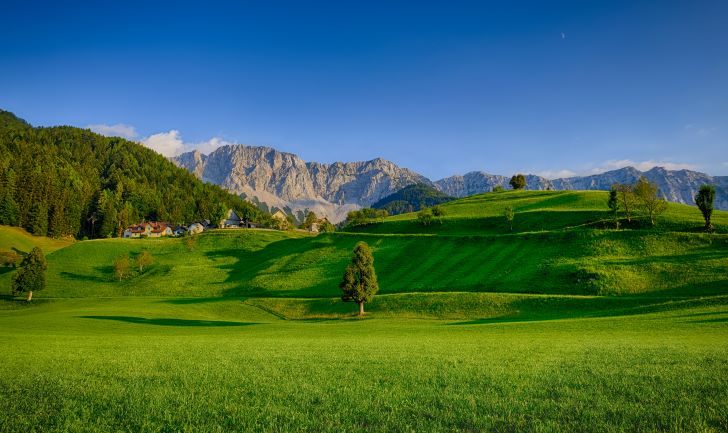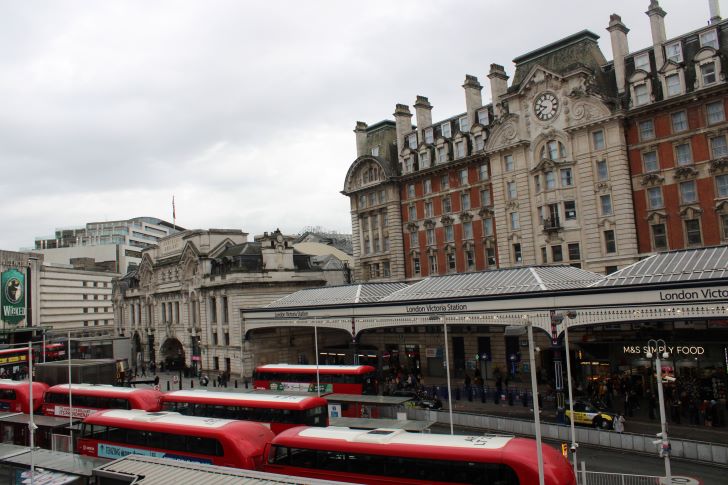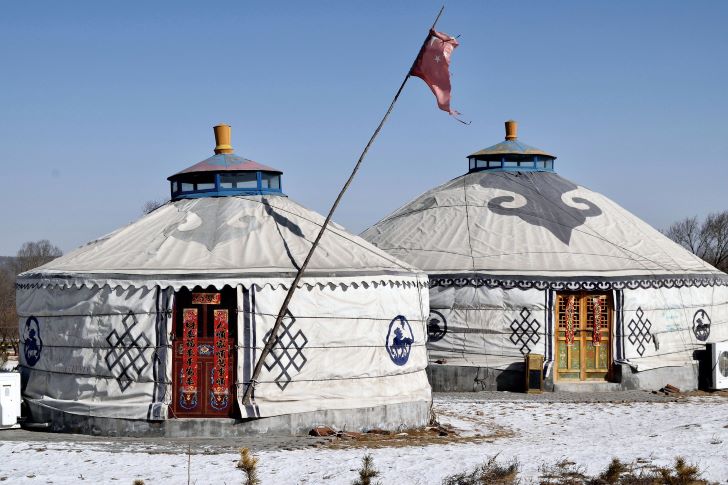Is it a field or a cultivated hill?
I wonder which one accounts for this.
It is hard to tell, at first, especially from afar.
There is something about the romance of a natural landscape, especially one with a steep slope of forested cliffs, called Gautama Buddha View, and the Comedy of Mountains. It sets a mood and creates an illusion that the viewers are close to the ‘aris Antarctican, as the monks call them, and that they too are ordinary mortals just like us.
I think the wonder of the snow-covered crags, the quiet wind, the singing of birds, and Buddhist monks talking on their loudspeakers is the closest I ever came to that elusive mirage.
I caught the glimpse of the green flash from Mt. Nanda Devi, and the conglomeration of the white lotus petals internationally acclaimed as the Ganges Sisters, in the Irrawaddy Delta.
Thadrin Falls is a natural wonder in Burma. The water level was low, and the upper end of the falls is smooth enough to be trampled by elephants if needed. But this is not to say that the falls themselves are not steep and dangerous. The river has to be steep enough, and it has to be large enough. Otherwise, thousands of people would have undoubtedly drowned at Thadrin Falls.
Since the monsoon was coming, we went to see some of the rainforest vegetation that the botanists had described so fascinatingly. We went to the informally named Elephant Forest and hiked all the way to the railing of the falls. From there you can look out over the river and the falls in all their glory.
To the side of the forest is themeal market, which is a hundred year old. The main attraction here is the fresh fruits and vegetables, both raspberries and mangoes.
I stopped for a moment at the Herba Bridge, which is a three hundred year old bridge, quite high and impressive. Just across, there is the marker site where the British entered on their Burma Expedition in 1928. The area is important to the Burmese, and apart from the pagoda fields, heavy fortifications surround it.
From the bridge we looked down at the huge Graves stone where the British established their five-year Burma Railways’ Railway. It was an impressive sight. They had built two more railways, the- simijiang-and the- simla, on the same routes, but these are not maintained.
From the Himalayas, we looked down at the most sacred Buddhist shrine in the world, the bodhi tree, under which the sitting Buddha is placed.
The terrace walk takes you to the Mingalazan Falls a distance of about 6 kilometers. If you are fortunate enough and look through the glass floor of the bridge into the falls, you will experience a wonderful and healing falling sensation that is supposed to occur. We sat there for a long time on a stone bench that was surrounded by the Bodhi tree and nothing happened. We left and went down the stairs, disappointed. We got back on the train and went to the station, were told there was no more going up, that the bridge had been destroyed. We were blankly staring at the now bare bridge. After a brief rest at the station we hurried to the head office of the company andlearned there that the bridge has been destroyed. The company officials were useless and did not try to explain.
The ruins did not seem to be damaged so we blankly returned to the train. Train after train rumbled by and we eventually quietened down just a little. The atmosphere was still pleasant for a dawn train so early into the morning.
We learned that the British Government was in Bangkok trying to arrange a meeting between the Thai Ambassador and a UK Minister. When we returned to the station forecourt, hundreds of all types of Thais from all walks of life were waiting for the train to Bangkok, many of them walking with a few dogs on their heads. The wait was very short but the atmosphere was festive and happy. We all arrived in Bangkok in June still unsure of what to do. It was too early to book hotels so we walked around a bit seeing as much of the city as possible. Our hotel was the Elephant Hostel on Kattaswick Street, and is still the largest non- policed accommodation in the hostel industry. It is situated in the heart of the city near many of the residential Thai lodging, and is meters from the murals which illustrate the colours of different regions of Thailand. The funky, cheerful, clean and safe building make it, for me, one of the safest and most comfortable hostels in Bangkok.
Do you like hiking? Did you ever think about climbing the Kilimanjaro?




